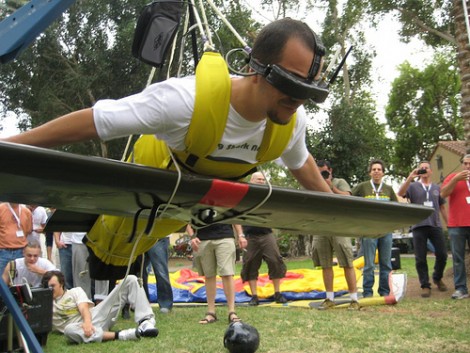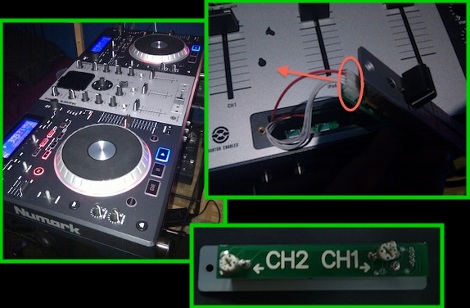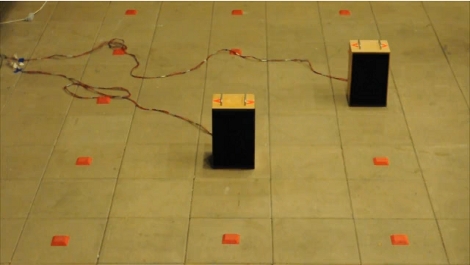
[Nathan] took this boombox and outfitted it for Bluetooth streaming. He took a Motorola DC800, which is meant to make headphones wireless, and connected it to the stereo inputs. The controls for the Bluetooth module were routed to the stock tape deck controls and a little bit of frosted spray paint adds a blue glow to the cassette window. Now he can stream music from his phone, including internet radio, which he’s done in the video after the break.
Did he find the most annoying demo video music ever? You be the judge. Continue reading “Bluetooth Boombox”















